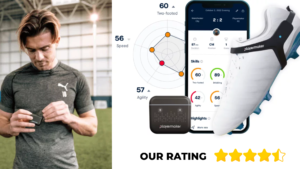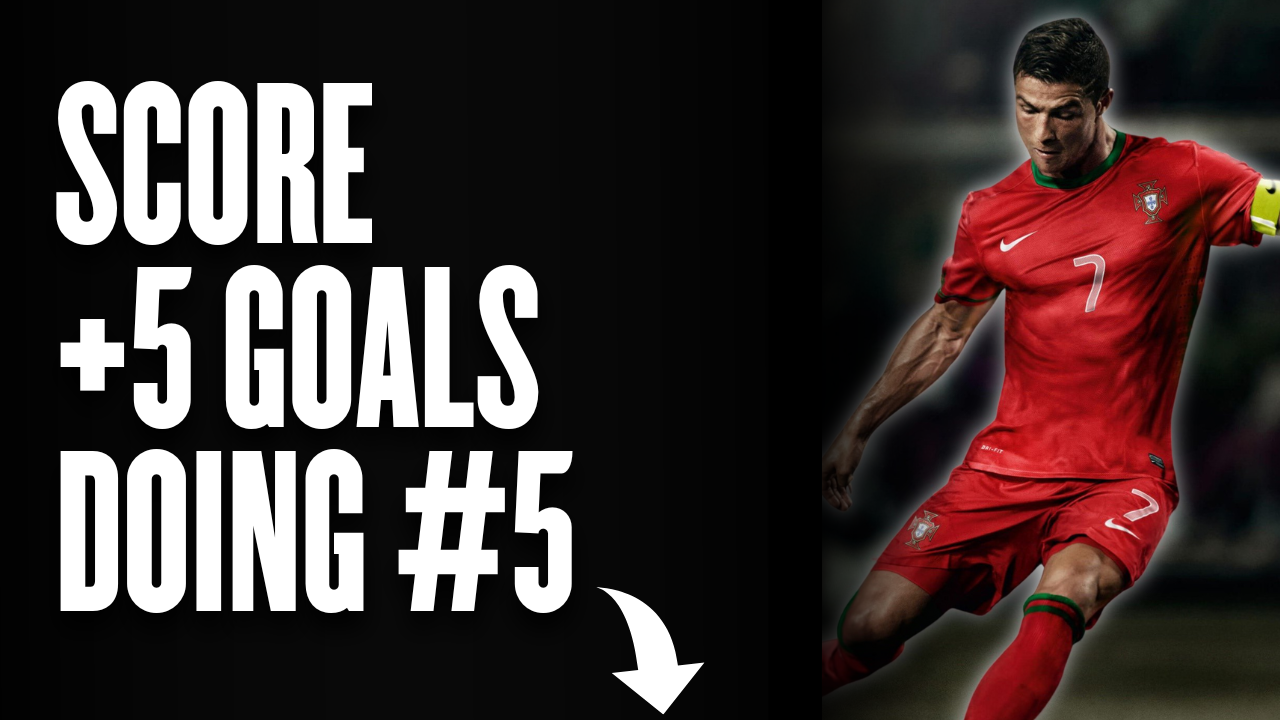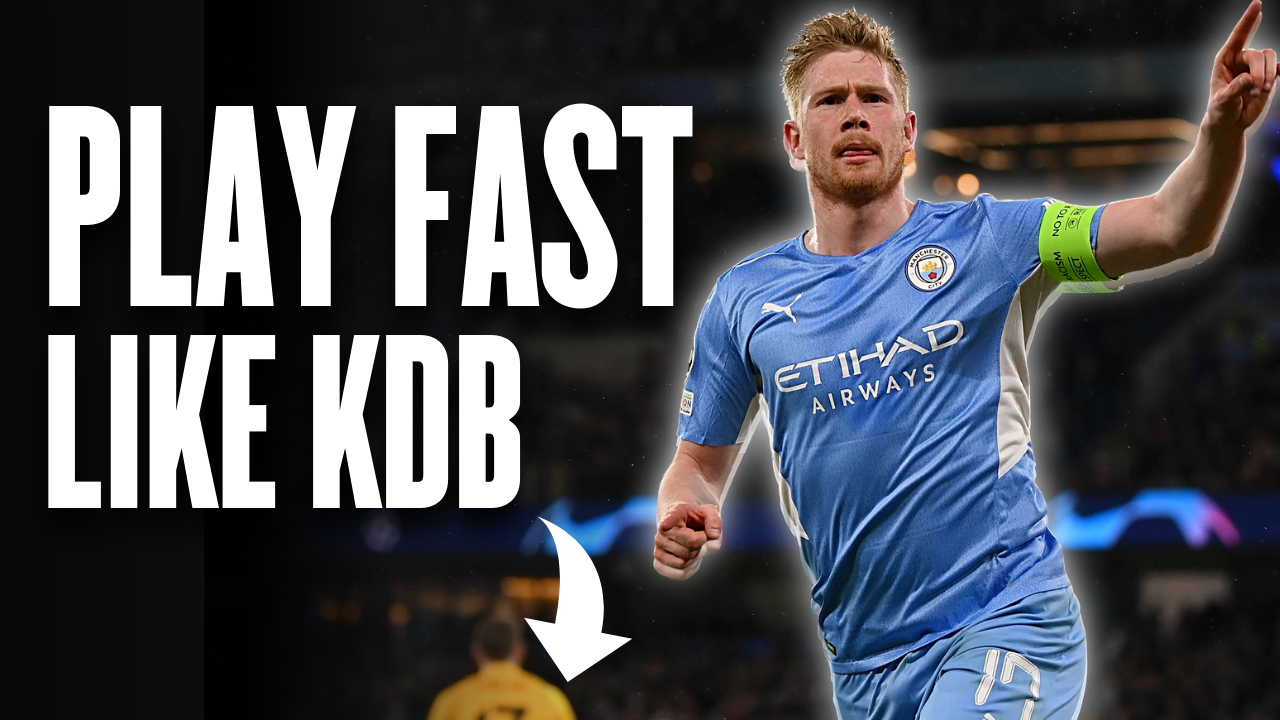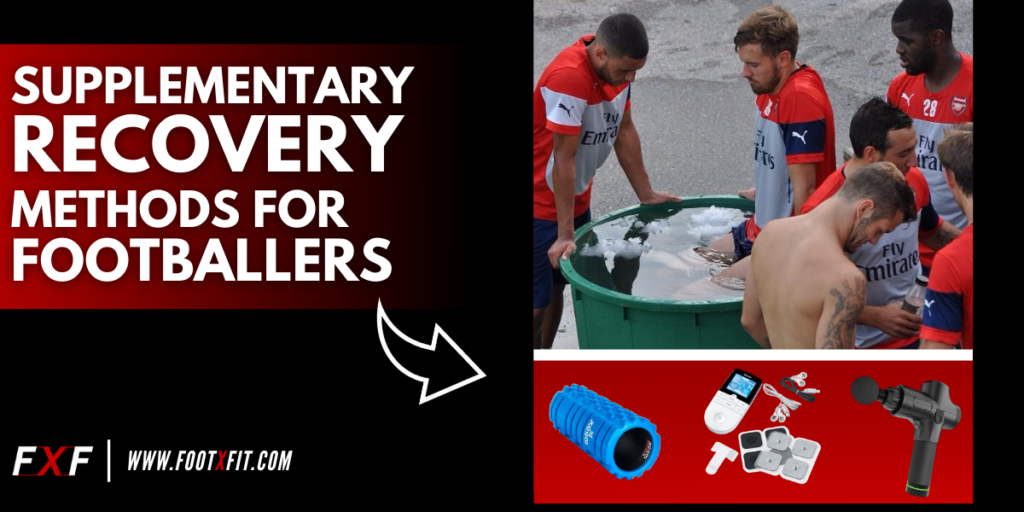
SUPPLEMENTARY RECOVERY METHODS USED BY FOOTBALL/SOCCER PLAYERS
Last week we analyzed the basic recovery methods that an athlete / footballer MUST follow to maximize recovery results and be as ready as possible for a training session or a game. In this article, we will go through some additional recovery methods that the individual footballer can follow. This article is ONLY for those who ALWAYS follow the basic protocols we have analyzed in the previous article (click here to read) and are just looking for additional ways / methods to come back fresher and ready for action. Again and again, the following methods are effective only in a recovery program in which sleep, diet and active recovery play the dominant role. So let’s start the analysis of some supplementary methods.
LOW/NO-BUDGET METHODS
SMR (Self Myofascial Release)
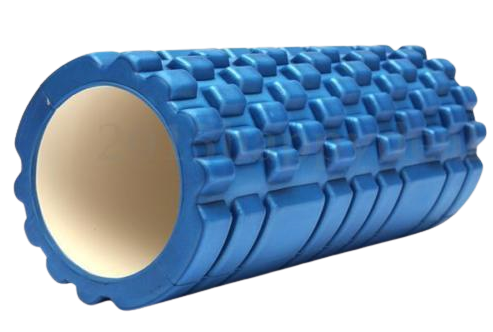
Self Myofascial Release is an effective recovery method that can relieve muscle pain and fatigue caused by DOMS (Delayed Onset Muscle Soreness) [1]. To do SMR you will need the right equipment (foam roller, foam stick, lacrosse ball, tennies ball) which is very budget friendly.
You can really compare this method to a real massage with the difference lying behind the depth of the muscle tissue reached. In addition to all the benefits we mentioned, you can also use an SMR technique before warming up, as it has been shown to increase your joint ROM (Range Of Motion) [2]. 10-15 minutes of slow and steady rolling is more than enough to be included in the recovery strategy.
Hydrotherapy (Ice / Contrast baths)
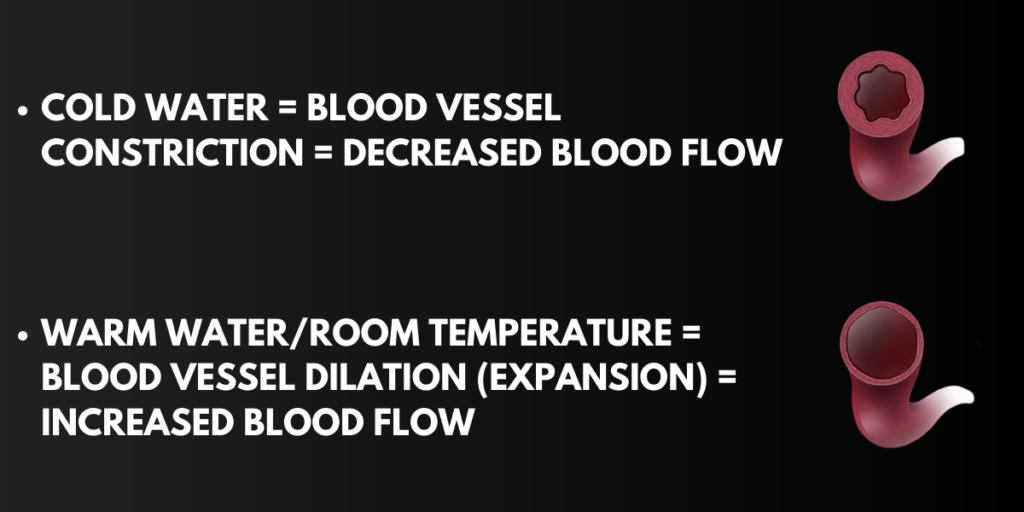
Hydrotherapy (or ice / contrast baths) is a widely used recovery method that has the individual footballer immersed into cold water or switching between hot and cold water. The water temperature can range from 10-15° (cold water) to 36-40° (hot water) and the usual duration of this strategy ranges from 5 minutes to 20 minutes. There are studies that claim that ice baths can maintain or even improve the performance of athletes during a microcycle (training week) due to its recovery properties. [3]
During this process, the blood vessels constrict, reducing blood flow. One of the “recovery effects” will start as soon as you leave the bathtub (if you take a contrast bath, the effect takes place right in the shower / bath). At this stage the blood circulation will increase sharply resulting in a better blood supply to your muscles. This blood is rich in oxygen and, as we already know, blood is responsible for transporting important nutrients and removing waste products from the human body (i.e. lactic acid). In addition, ice baths have anti-inflammatory action due to the low water temperature, making them a good solution for an athlete with limited recovery time (between workouts and competitions).
If the athlete hasn’t access to a bathtub and / or ice, they should feel free to use their shower and switch the temperature manually.
Legs Against The Wall
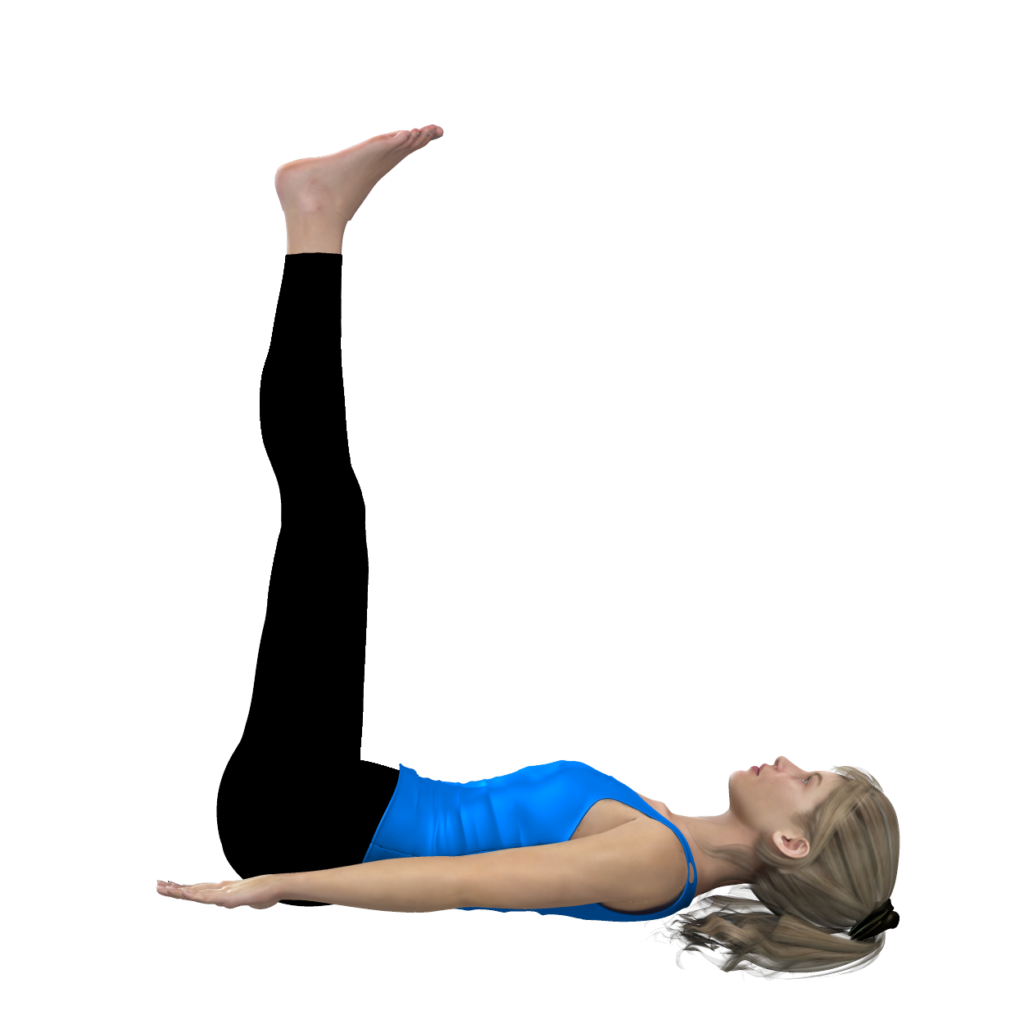
This is another simple method that is not often talked about. The athlete lies down near a wall and puts his legs against it so as to form a 90° angle at the waist. Maintaining this posture for 10 minutes is enough. We essentially limit the blood flow to the legs and as soon as we return to our normal posture the flow gets suddenly restored. The leg muscles receive blood faster and the elimination of cell by-products (i.e. lactic acid) is facilitated.
MEDIUM-BUDGET METHODS
Sports Massage
Similarly with any type of SMR, a sports massage can have great results in muscle recovery as it allows the masseur to penetrate deeper into the muscle tissue (deep tissue massage). The benefits remain the same: the blood flow increases resulting in faster blood delivery and subsequently the muscle cells get richer in nutrients and “empty” of useless substances. Specialized physiotherapists and masseurs usually offer sports massages which can be accompanied by the following methods.
Cupping
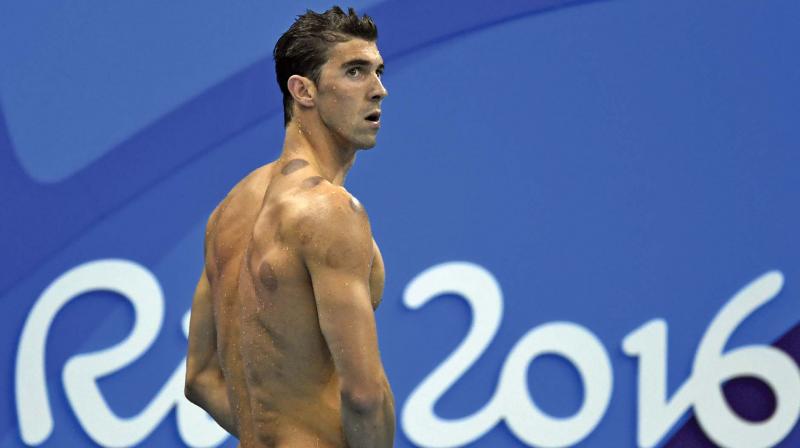
Surely you have noticed an athlete wearing some circular marks on his body. Well, these scars are caused by a method of recovery called cupping. There are different practices in regards to cupping (dry/wet) but we will refer to the most common. The physiotherapist or even you place the glass cups on the parts of the body that need treatment. The physio uses a pump which creates a vacuum effect that will make your skin rise and blush due to the dilation of blood vessels. The duration of this practice is usually somewhere between 5 to 10 minutes. Then you will have some scars on your body for about 10 days, something completely normal. The benefits remain the same (blood flow increase).
Accupuncture
Acupuncture is another tool that is widely used in the field of recovery and often accompanies a sports massage and a cupping session. The physiotherapist basically places needles on your skin which cause minimal to no irritation which in turn stimulates your CNS (Central Nervous System) resulting in more blood delivery to the area and our entire immune system working hard to repair it. In other words, the needle “plays” with our body and mind.
EMS (Electrical Muscle Stimulation) & TENS (Transcutaneous Electrical Nerve Stimulation)
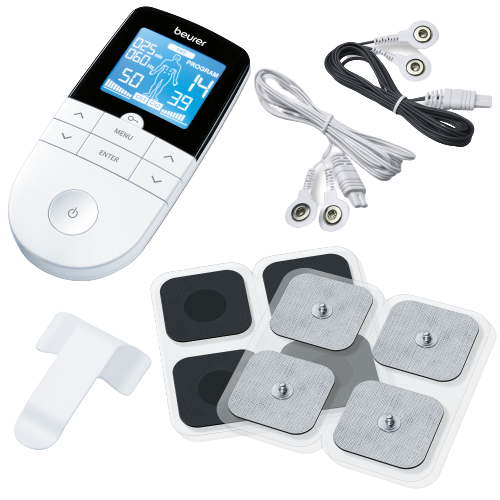
These methods have to do with special devices that stimulate the muscles with low voltage electrical signals which in turn causes the muscle(s) to contract. These electrical signals have various beneficial effects on recovery, such as increasing blood flow, reducing inflammation, reducing pain and muscle activation, which is especially important in cases of injury. You could consider it as a passive form of exercise (no, it won’t transform you into CR7…) if you’re facing an injury and want to combine recovery and at the same time keep your muscles active.

*As an affiliate, I'm earning from qualifying purchases without any extra charges being placed on you.
HIGH-BUDGET METHODS
Compression Boots
If you’re following football players on social media, I am quite sure you have noticed them use some kind of huge and weird boots. These boots are compression boots. There are different types of compression boots; others combine compression with cryotherapy, others with heat therapy while others rely entirely on air compression. This is a relatively “fresh” product and therefore the scientific data is not yet sufficient.
The use of such means is again based on results such as the reduction of inflammation, better blood flow and consequently the supply of muscles with more oxygen and nutrients but also the elimination of useless substances.
Percussion Therapy (Massage Guns)
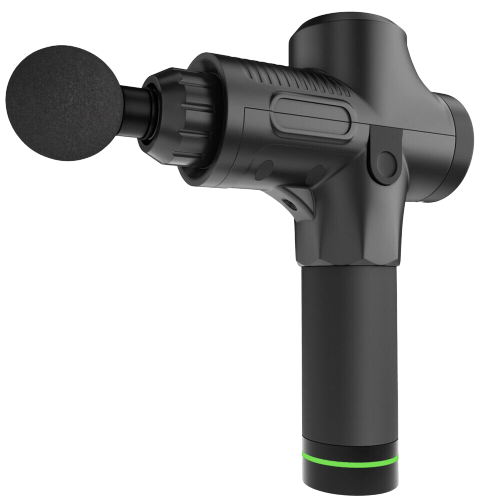
This is similar to a massage only that a device does all the work in a percussive way. It consists of a head which comes in various shapes and sizes. This head moves back and forth at high speed hitting the surface of the skin several times per second (the most expensive devices offer up to 40 beats per second!). Here, too, science has not yet clarified the effectiveness of this tool, however, a wide audience of athletes, coaches and physiotherapists swear by this method.
This method offers a more passive but also powerful approach to self myofascial release as you can lay down and control the speed of the head bursting on your skin and at the same time enjoy the same benefits of a massage or a foam rollling session. Again, research isn’t clear yet. Try it out at a physio and see how it affects you and your performance.
Saunas & Jacuzzis
Saunas and jacuzzis are another two pieces of recovery we have seen athletes using to sort of relax and recover. How do these work though? I am quite sure you know what a sauna or jacuzzi is (if not, check the pictures below). These methods are based on heat therapy for which it has been proven that it can play an important role in stress management [4] but also in the general recovery of the athlete’s body after high-intensity exercise.
In case the athlete does not have access to a sauna or jacuzzi, he can use other tools for heat therapy such as hot water, hot compresses or even hot towels.
Cryotherapy Chamber
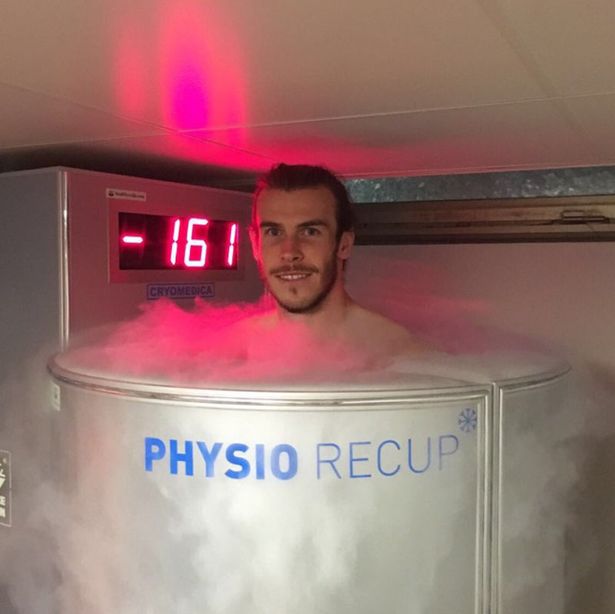
Last and most expensive, the cryotherapy chamber! Another recovery tool widely used among world class clubs. The athlete entirely (whole body cryotherapy) enters a controlled temperature environment (which is usually below -170°), reaping the benefits of cryotherapy that we have already analyzed. In fact, this method offers convenience and saves time – and a lot of likes on instagram!
So these were, in short, the main rehabilitation tools athletes, teams, coaches and physiotherapists use to maximize the benefits of recovery the individual athlete can get. Please note the word “MAXIMIZE“. If 95% of the success of a recovery process depends on sleep, nutrition and active recovery then whoever really wants to maximize his/her recovery will invest time and money in a couple of methods that we mentioned in this article.
You Do NOT Need Money To Recover
A foam roller, some patience and work ethic in the bathroom with cold water / a warm compress and a wall are more than enough to take advantage of every recovery option you have available. If you haven’t read about the BASICS of recovery yet, make sure to do so by clicking here.

*As an affiliate, I'm earning from qualifying purchases without any extra charges being placed on you.
STOP MAKING EXCUSES & START TAKING YOUR RECOVERY MORE SERIOUSLY.


